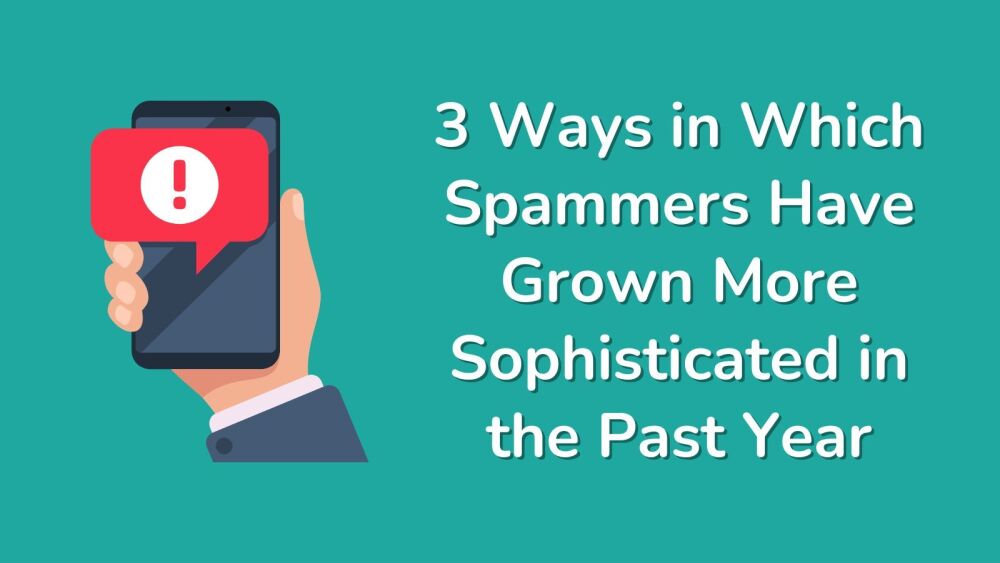3 Ways in Which Spammers Have Grown More Sophisticated in the Past Year
Posted on
Do you know how safe your data is? In 2023, 36% of all data breaches were because of phishing scams. The next most common was financial scams. The total increased by 77,000 cases in the first six months of 2023. And the numbers keep on increasing. Why? Because spammers are growing more sophisticated. Below, we'll explore 3 of the ways they're getting more sophisticated.

They've Mastered Phishing
Spam emails are still the most common infiltration point (yes, some people actually open them). Most of us don't even understand stopping spam emails. We delete them until the next batch comes.
The fact there are so many ways – malicious URLs, text messages, voice mail – for them to hack into our personal data is leading to a sharper-than-ever increase in incidences. Once they're in, they can infect devices with malware, take personal data, take control of your accounts, and much more. Basically, it's not ideal.
Still, we're not helping ourselves. Some of the common ways we make ourselves vulnerable to phishing attacks are:
Some of the common ways we make ourselves vulnerable to phishing attacks are:
-
Opening emails without checking delivery email
-
Taking phone calls from unrecognised numbers
-
Weak passwords.
The Scary Rise in Phishing Attacks
The numbers are astounding. In Q3 2023, studies showed phishing volumes increased by 173% compared to the last quarter. It works out to 493.2 million vs. 180.4 million attacks. Why? Spammers are getting more sophisticated as technology allows them to be. It's turning into a digital nightmare.
The issue is that the tactics they're using are getting more tricky to spot. There's more on that in the next section.
Sneakier Tactics
It's not just a dodgy-looking email anymore – spammers can actually get into your phone. Someone developed software that allowed them to hack into messaging trails from legitimate numbers, like bank account texts. That was nice of them.
This software has allowed scammers to be more sneaky than ever.
They can also use voicemails for their cons. And even though the bank says to never give out your PIN, you would think it was the bank. And it’s not even just the banks, there are so many digital payment methods for spammers to target.
Everything seems so much more legitimate and tricky to notice.
Holiday and Tax Phishing
And just when you thought it couldn't get worse, spammers use the calendar against us. The tax season is a stressful one – we all know that. So are the holiday seasons, but at least there's a bit more festive joy there. They do it because this is when people are more likely to be making mistakes – or more willing to spend money.
Sometimes, a fake tax rebate does look too good. But surely, we should be able to know if it was too good to be true. Well, one study found almost 60,000 people were offered fake tax rebates by spammers.
Would you call this a digital onslaught? We would. The numbers speak for themselves. And the worst is spammers are getting better at spamming without people knowing they've been spammed. Their data is taken and sold somewhere else. Perhaps a suspicious email or a social media account login attempt, but nothing to make people think their data is stolen.
